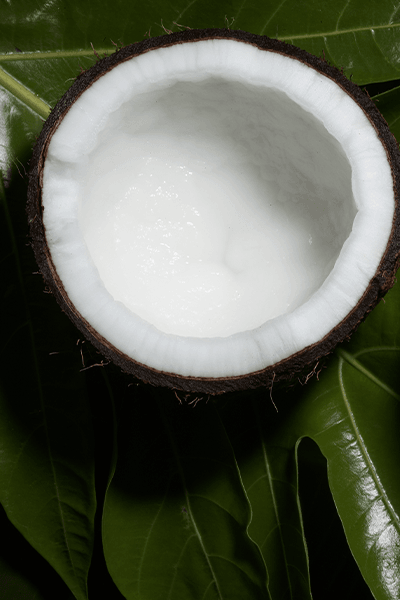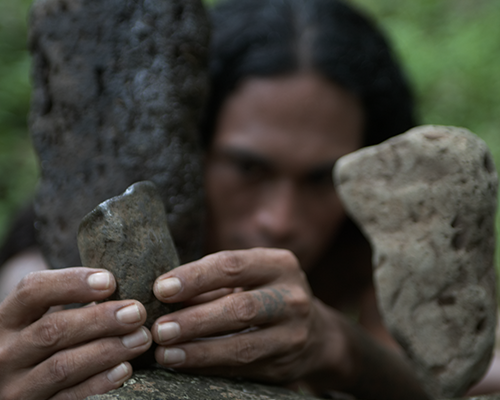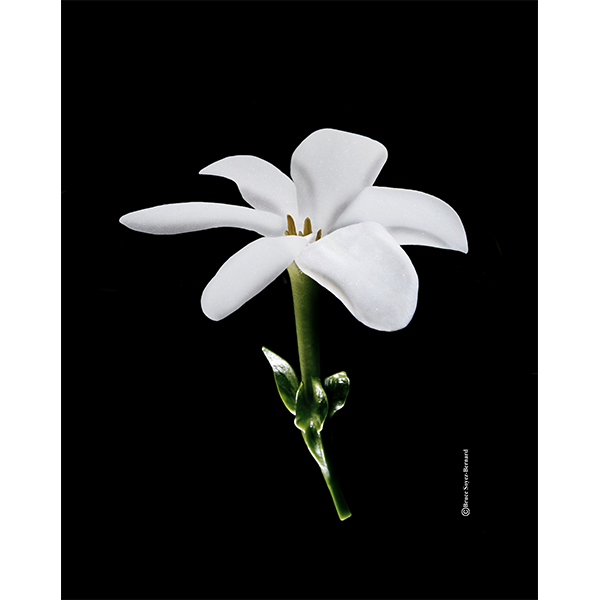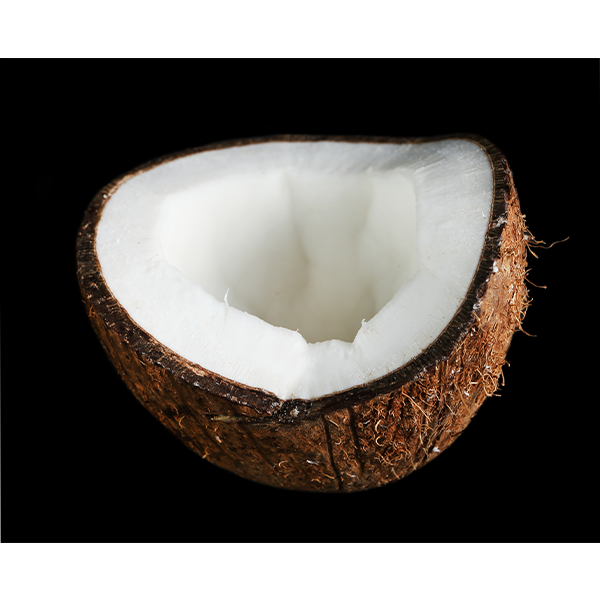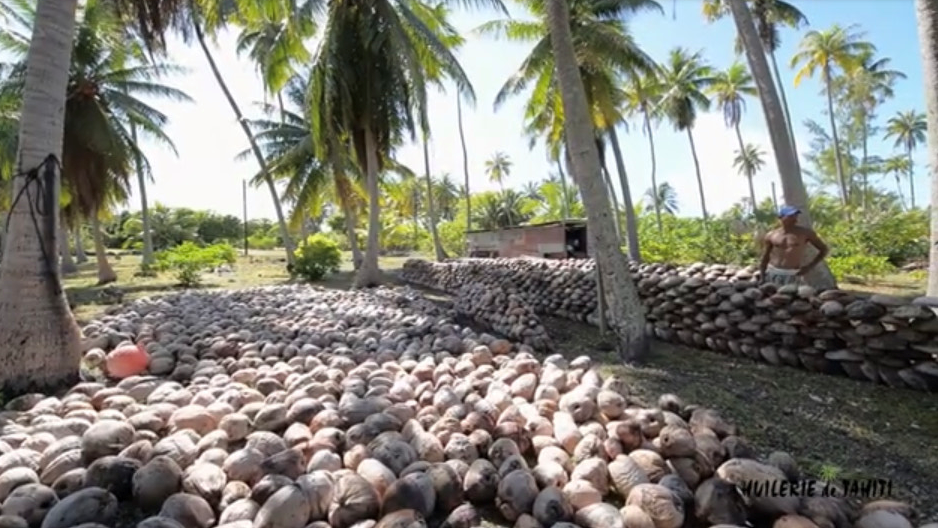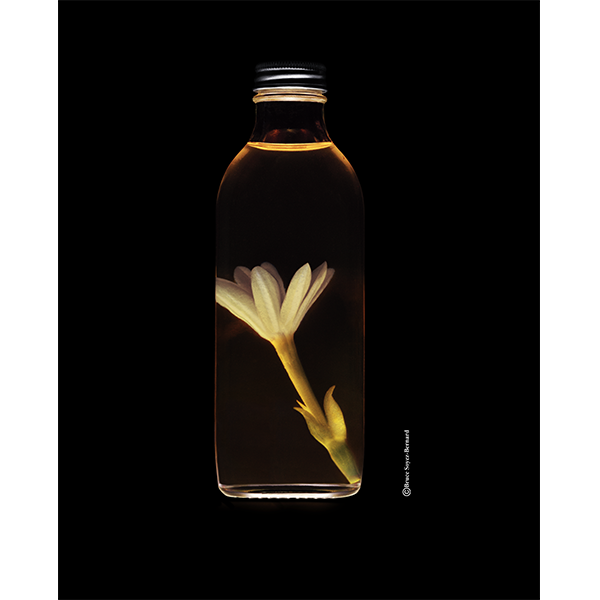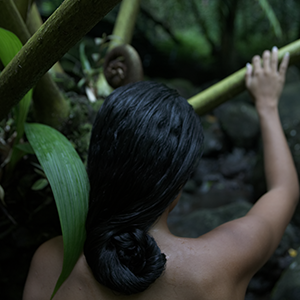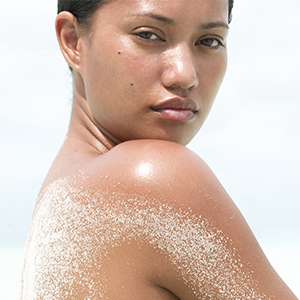APPLICATIONS
Sensual and soothing emulsions, body oils, tonics, fragrance…
An iconic flower, Polynesians wear it tucked behind their ear – on the right if the heart is free, on the left if not. It is also the flower offered to welcome those who arrive in Tahiti – an invitation to well-being.
But beyond its symbolic and sensual dimensions, the Tiare flower is one of the most important plants of the Raau Tahiti, the traditional pharmacopoeia of Tahiti. The flower is largely used in many preparations: the treatment for some eczemas, headaches, insect bites (cf. “Plantes utiles de Polynésie”, by Dr Paul Pétard - Haere Po No Tahiti editions).
Sensual and soothing emulsions, body oils, tonics, fragrance… Today, the Tiare Tahiti enters the composition of personal care products from major brands around the world.

